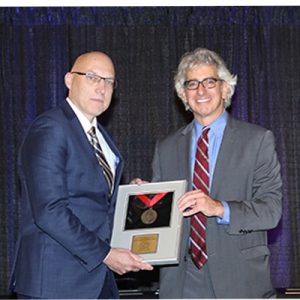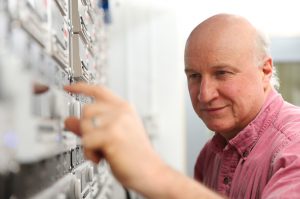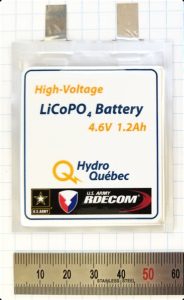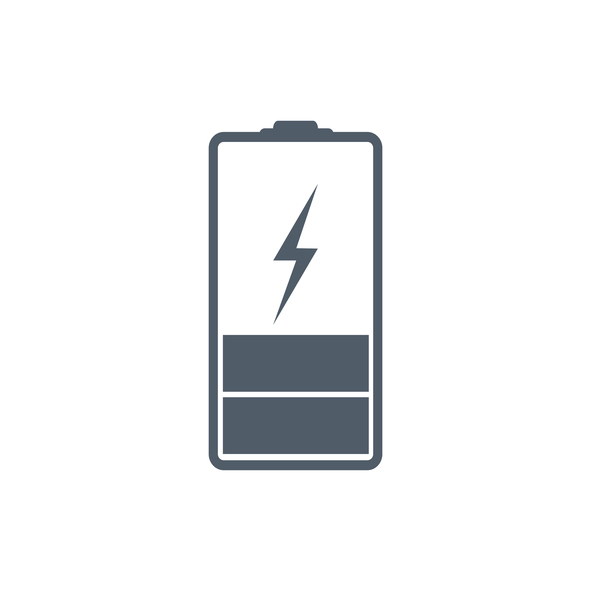John W. Weidner of the College of Engineering and Applied Sciences at the University of Cincinnati received the 2019 Carl Wagner Memorial Award at the 236th Electrochemical Society (ECS) Meeting. The award recognizes mid-career achievement, excellence in research areas of interest of the Society, and significant contributions in the teaching or guidance of students or colleagues in education, industry, or government.
Weidner delivers “Mathematical Modeling of Electrochemical Systems” on Tuesday, 15 October, at 1140-1200 in Room 311.
John W. Weidner
John W. Weidner is an ECS Fellow and dean of the College of Engineering and Applied Sciences at the University of Cincinnati. He published 113 refereed journal articles and contributed to over 200 technical presentations in the field of electrochemical engineering. His research group created novel synthesis routines… (more…)











 A collaborative team of researchers from Shinshu University in Japan have found a new way to curb some of the potential dangers posed by lithium ion batteries.
A collaborative team of researchers from Shinshu University in Japan have found a new way to curb some of the potential dangers posed by lithium ion batteries.